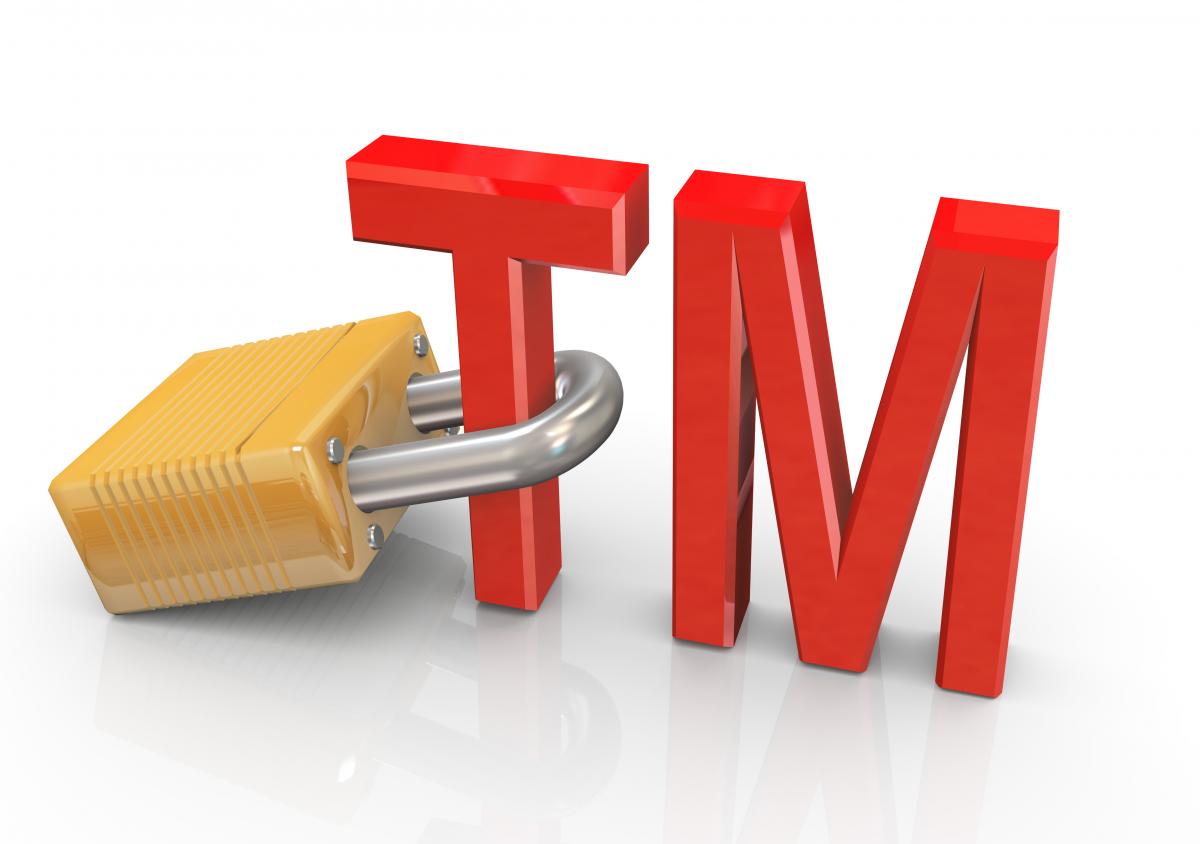In this blog post, Suhani Chanchlani of Amity Law School Delhi gives a brief layout of the procedure for licensing trademarks in India. The essentials of a licensing agreement and the benefits of licensing a trademark would also be highlighted.
What is a Trademark?
A trademark is a unique symbol, sign, logo, graphics, design, word, phrases or any combination of these, that distinguishes and identifies a company, brand or firm`s name and or their goods and services from the other entities. It assures the buyers of the genuineness of the products of the companies having a particular trade name and protects the proprietors from unauthorized use of trade-name by third-parties. Trademarks must be distinctive in nature. They cannot be descriptive. A trademark is different from a patent. While a patent is a limited duration intellectual property right over an invention, a trademark is an intellectual right of ownership over those set of words and graphics that distinguishes and identifies a brand name from others. Trademarks are usually granted for 7 to 20 years and unlike patents, they can be renewed indefinitely.
What is Meant by Licensing?
When a proprietor of a registered intellectual property authorizes a person to use his intellectual property in a particular manner, under a licensing agreement, it is called licensing. The proprietor of the intellectual property who grants the license is known as a licensor and the person to whom the license is issued is known as a licensee. Licensing is essential for a proprietor as it allows him to engage with those entities that distribute his products to its end users.
How to License a Trademark
Make a Licensing Agreement: A licensing agreement is essential for laying down the terms and conditions of the use of a trademark. Some of the key elements that can be made a part of the agreement subject to special needs and circumstances of the parties include:
- Provision for quality control: The provision for quality control is essential for maintaining the goodwill and reputation of the trademark. The agreement must provide for consequences of infringement of quality measures so as to ensure that the quality of the product is maintained.
- Duration of the license
- Exclusive or Non-exclusive license
- If sub-licensing is permitted then the extent of then the terms on which it is permitted and the extent of its use.
- Commercial terms such as the payment of royalties, escalations, etc.
- Circumstances under which the license would be canceled.
- Specific restrictions or terms on the use of trade-name.
- A dispute settlement mechanism.
The above list of provisions is indicative in nature. Parties need to draft the provisions of their licensing agreement by their requirements.
Register your Licensing Agreement with the Registrar of Trademarks: Although third-parties are allowed to use trademarks if they are permitted by the owners of the trademark. To consolidate the legal position of parties involved, it is advisable to get the license agreement recorded with the Registrar of Trademarks. For this following procedure must be followed:-
- The application for record of the licensing agreement must be made within six months from the date of entering the agreement.
- The licensor and the licensee must jointly apply in writing to the registrar on TM-28.
- The proprietor must also submit an affidavit specifying:
- the particulars of the relationship between him and the licensee;
- the control that he holds over the use made by the licensee;
- the extent to which the licensee can make use of the trademark;
- the terms and conditions of the use;
- period of permitted use, or any other relevant matter.
- The parties must also submit all the other related documents that the Registrar may ask them to submit.
- Once the Registrar is satisfied with the application and the particulars entailed in it, the licensee or the proposed user of the trademark would be duly registered. The date on which the application for registration was submitted would be entered in the register and from this date only the licensee would become a registered user of a trademark for the third parties. The particulars of the relationship between the licensor and the licensee would be recorded in the Trademarks Journal within two months from the date of registration.
- The Registrar would after that send a notice of the registration of the licensee as a licensed user to other licensed users, if any, of a particular trademark.
- Upon the request of an applicant, the Registrar if he is satisfied, would not disclose the particulars of the registration of the licensing agreement, so as to protect against the disclosure of information to rivals.
- The Registrar can cancel the registration of the licensed user on grounds that include – unauthorised use of trademark, failure of the proprietor or licensor to disclose any material information or fact for the use of trademark, or the failure of the licensee to abide by the stipulations with respect to quality standards, or change of circumstances from the date of registration. Before the cancellation of the license, the Registrar serves a notice to both the parties and makes a decision after hearing both the parties.
Rights of the Licensee/Registered User
A licensee or registered user can call the attention of the proprietor to an infringement of the trademark. He can even initiate proceedings against an infringement of the trademark in his name as if he is the proprietor of the trademark after a one month notice to the proprietor. If he does so, it is advisable for him to cite the proprietor as his co-defendant. However, he shall not be liable to bear any costs if he does not initiate any proceedings.
A registered user does not have a right to assignment or any transmissible right on the use of the trademark. This means that he does not have a right to permit sub-licensing to any third-party without the prior consent of the proprietor.
Benefits of Licensing Trademarks
- It allows brand owners to take maximum economic benefits of the goodwill of their brand without having to invest in infrastructure for marketing of their products. It ensures them of a regular stream of revenue on account of regular receipt of royalties from the licensee of the trademark.
- Licensing is also beneficial for a licensee. Upon starting an enterprise under a trademark of a reputable business, a licensee can be assured of stable returns. This substantially reduces the overall risk of starting a new venture.
- Licensing is of special importance to multi-national companies. If the government has imposed restrictions on shareholding in certain sectors, then a foreign company can still retain control of its outlets by dictating terms and conditions to the licensee of the trademark through a licensing agreement. In this way, foreign companies can build their brand presence even though they might not have invested so much in a particular market.
 Serato DJ Crack 2025Serato DJ PRO Crack
Serato DJ Crack 2025Serato DJ PRO Crack










 Allow notifications
Allow notifications




trademark are registered for 10 years and after that they are required to be renewed